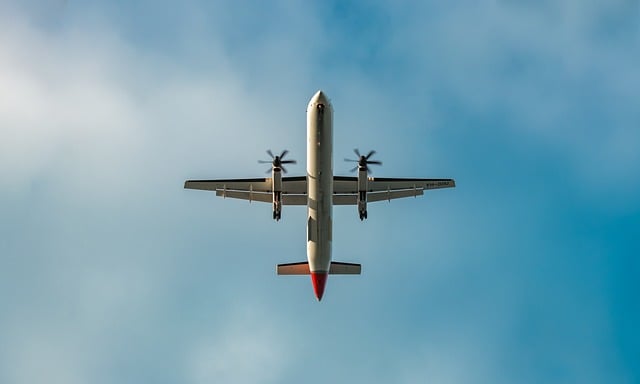This Content Is Only For Subscribers
The International Air Transport Association has released data for January 2024 global passenger demand indicating a strong start for the year.
Total demand, measured in revenue passenger kilometers (RPKs), was up 16.6 per cent; total capacity, measured in available seat kilometers (ASK), was up 14.1 per cent; and the load factor was 79.9 per cent (+1.7pt).
International demand rose 20.8 per cent; capacity was up 20.9 per cent and the load factor remained at 79.7 per cent (+0.0pt).
Domestic demand rose 10.4 per cent; capacity was up 4.6 per cent and the load factor was 80.2 per cent (+4.2pt).
“2024 is off to a strong start despite economic and geopolitical uncertainties,” says IATA director general Willie Walsh.
“As governments look to build prosperity in their economies in the busiest election-year ever, it is critical that they see aviation as a catalyst for growth. Increased taxes and onerous regulation are a counterweight to prosperity. We will be looking to governments for policies that help aviation to reduce costs, improve efficiency and make progress towards net zero CO2 emissions by 2050.”
Asia-Pacific airlines saw an 45.4 per cent increase in January 2024 traffic compared to January 2023, continuing the region’s rapid recovery after the lifting of pandemic restrictions.
Capacity climbed 48.1 per cent and the load factor fell by 1.5 percentage points to 82.6 per cent.
The exceptionally strong growth rate is largely attributable to China which was in the early stages of lifting COVID-19 travel restrictions in January 2023. The recovery in major international routes to/from Asia-Pacific is still lagging, but routes such as Asia-Middle East have exceeded pre-pandemic levels.
Domestic demand growth continues to be led by China, which saw strong demand for Lunar New Year travel. This is likely to have boosted traffic in February also. Chinese carriers have responded by increasing capacity, particularly by deploying wide-body jets.



